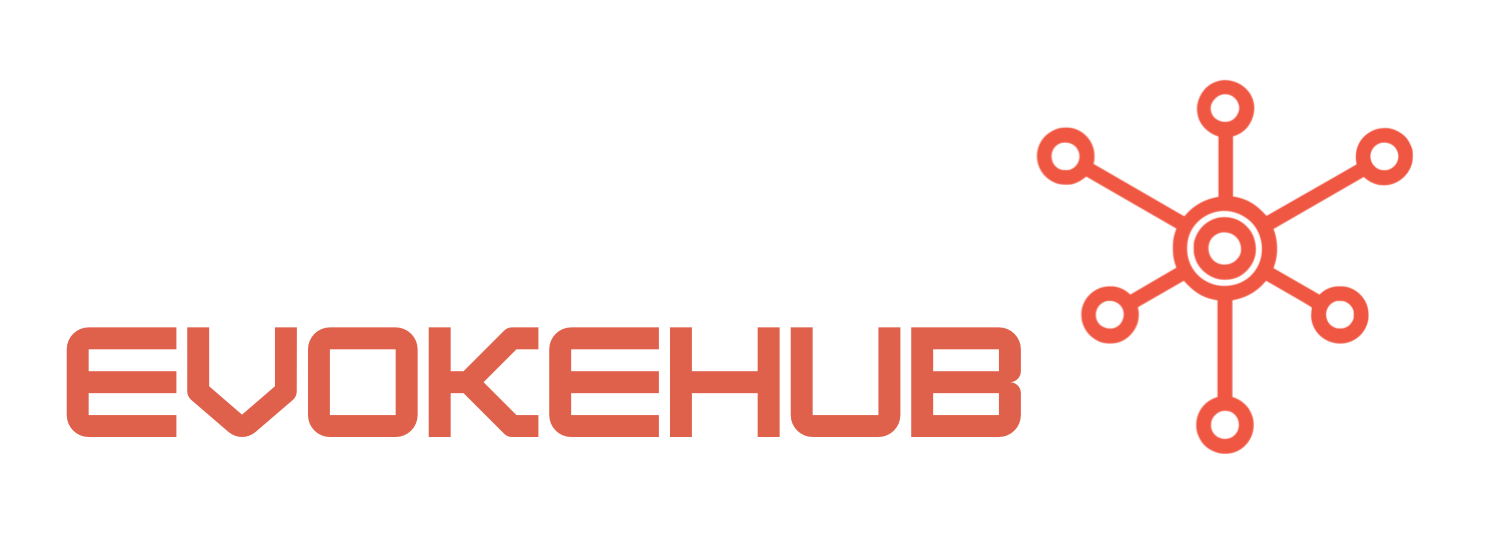Understanding Azure SignalR: Features and Benefits Overview
Azure SignalR is a fully-managed real-time communication service provided by Microsoft Azure. One of its primary features is scalability; it allows developers to easily scale applications to handle a large number of concurrent connections without the hassle of managing underlying infrastructure. This is particularly beneficial for applications with unpredictable traffic patterns, as Azure SignalR automatically allocates resources based on demand. Furthermore, it supports multiple clients, including web browsers, desktop applications, and mobile devices, making it an excellent choice for cross-platform development.
Another significant advantage of Azure SignalR is its integration with other Azure services. Developers can seamlessly connect SignalR with services like Azure Functions, Azure App Service, and Azure Cosmos DB. This interoperability allows for the rapid development of complex applications that require real-time updates, such as chat applications, live dashboards, and multiplayer gaming. The built-in support for authentication and authorization mechanisms simplifies the process of securing real-time communications, enhancing the overall security posture of the application.
Moreover, Azure SignalR offers a simplified API experience through its SDK, enabling developers to implement real-time features without delving into the complexities of the underlying WebSocket protocol. This user-friendly approach allows developers to focus on building functionality rather than managing connections, significantly speeding up the development process. For more information on Azure SignalR’s features, you can visit the official Azure SignalR documentation.
Traditional WebSockets: Advantages and Use Cases Explained
Traditional WebSockets offer a standardized way to establish a persistent connection between a client and server, allowing for real-time data transfer. One of the key advantages of WebSockets is their low latency and high performance, making them suitable for applications that require instantaneous updates, such as online gaming, stock trading platforms, and collaborative tools. The WebSocket protocol operates over a single, long-lived connection, reducing the overhead associated with HTTP requests and enabling efficient data exchange.
Another benefit of traditional WebSockets is their fine-grained control over the data transmission process. Developers can implement custom protocols and message formats tailored to the specific needs of their applications. This flexibility is advantageous for applications that require specialized data handling or those that need to integrate with existing systems. Additionally, since WebSockets are a native browser feature, they do not rely on third-party services, allowing developers to maintain complete control over their application architecture.
However, using traditional WebSockets comes with its challenges. Developers are responsible for managing connection lifecycles, scaling the infrastructure, and ensuring security through SSL/TLS configurations. This can lead to increased complexity, especially as the application grows in size and user base. Despite these challenges, traditional WebSockets remain a valuable option for applications that demand high performance and granular control. For a deeper understanding of how WebSockets work, you can refer to the WebSocket API documentation.
In conclusion, both Azure SignalR and traditional WebSockets have unique strengths that cater to different development needs. Azure SignalR shines in scenarios requiring scalability, ease of use, and seamless integration with other Azure services, making it ideal for modern cloud-based applications. On the other hand, traditional WebSockets provide low-latency communication and granular control, making them suitable for applications where performance and custom protocols are paramount. By assessing the specific requirements of your project, you can choose the technology that best aligns with your goals and resources.




